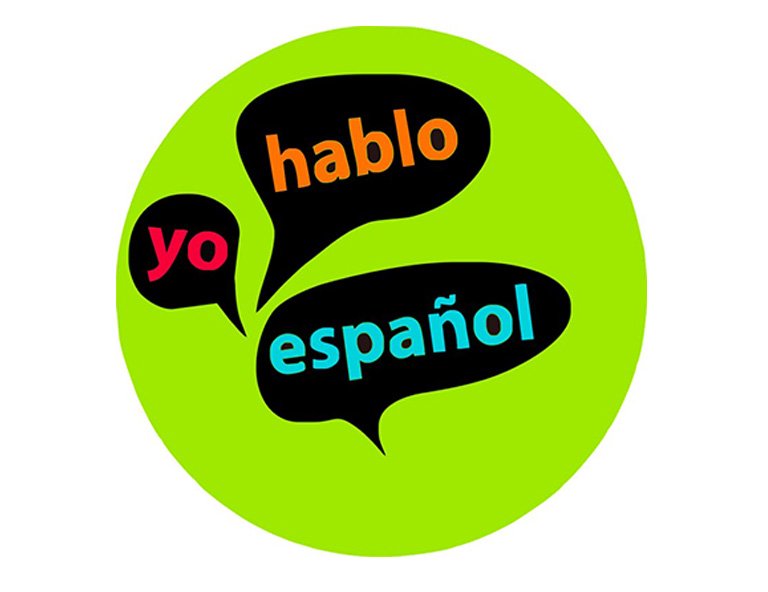Castilian Spanish – so named for its roots in the region of Castile – emerged from Spain’s many regional languages and dialects to become the primary language of the nation. Castilian Spanish was later brought to the New World through the colonization efforts of the Spanish, where the language enjoyed widespread adoption throughout the Americas. Over time, Latin American Spanish has evolved in its own right to contain various features that distinguish it from European Spanish.
The use of the term “castellano” as opposed to “español” when referring to the Spanish language may be interpreted in a number of ways. Since there are several official languages in Spain including Catalan, Basque, and Galician, the word “castellano” is often used to differentiate the Spanish language from these regional languages. Castellano may also be used to refer to regional dialects of the Spanish language spoken in Castile, for example, Andalusian. Many times – particularly outside of Spain – castellano and español are utilized interchangeably and simply refer to the Spanish language as a whole.
The terms Castilian Spanish or castellano are often used to draw a distinction between the Spanish spoken in Spain (Peninsular Spanish) and Latin American Spanish; however, this usage is somewhat misleading since Spanish speakers in Latin America also speak what are essentially dialects of Castilian Spanish as opposed to a distinct language, as is often implied.
Many Spanish speakers in Latin America customarily refer to their language as castellano as opposed to español. For example, Southern Cone countries such as Argentina and Uruguay have a tendency to refer to Spanish as castellano, while other parts of South America alternate between the use of the terms español and castellano. In the U.S., Mexico, Central America and the Caribbean, Spanish is almost exclusively referred to as español.
While there is no generic form of Latin American Spanish, many countries share several features of pronunciation, vocabulary and grammar that set apart Latin American Spanish from Castilian Spanish.
Phonological (Pronunciation) Differences
Distinción, seseo, and ceceo
Distinción, one of the standard phonological characteristics of Peninsular Spanish, results in the pronunciation of the letter c (when it appears before an e or an i) and the letter z as th, the sound [θ] that occurs in English as the th in thing. In addition, the sound [s] is pronounced as the s in see. Generally speaking, distinción is characteristic of speakers in northern and central Spain.
In other dialects, the phonemes c, z and s have merged together, producing seseo where they have been neutralized to [s] and the much rarer phenomenon ceceo where they have become [θ]. Seseo can be heard in virtually all of Latin America, as well as the Canary Islands and portions of southern Spain. Ceceo is largely confined to particular areas of southern Spain.
Lexical (Vocabulary) Differences
Another significant difference between Castilian Spanish and Latin American Spanish is that different words may be used to describe the same object or action, or the same word may have one meaning in Spain but a completely different meaning in Latin America.
Here are some examples of differences in vocabulary between Spain and Latin America:
| English | Castilian Spanish (Spain) | Latin American Spanish |
| peach | melocotón | durazno |
| computer | ordenador | computadora |
| potato | patata | papa |
| match | cerilla | fósforo |
| to miss | echar de menos | extrañar |
Latin American Spanish has been greatly influenced by contact with indigenous Americans and their native languages, with Taíno, Nahuatl and Quechua having the greatest impact. Latin American speakers are also more receptive to incorporating direct loanwords from English and other foreign languages than Spanish speakers in Spain.
Grammar Differences
Use of vosotros
Most speakers of Castilian Spanish use the familiar second-person plural form vosotros when addressing a group of family or friends. The use of vosotros is completely absent in Latin America, with New World speakers opting to use the third-person plural form of ustedes in situations where Peninsular Spanish speakers would use vosotros.
Voseo
The second-person singular pronoun vos is employed by some Latin Americans, particularly in Argentina, Uruguay, Paraguay, Central America, and portions of Venezuela, Colombia, Bolivia, Peru, Ecuador and Chile. In some countries such as Argentina, vos is used as a replacement for the pronoun tú, while in other countries it is employed alongside tú in specific social situations.
Verb tenses
Peninsular Spanish and Latin American Spanish often make different uses of certain verb tenses. Castilian Spanish employs the present perfect tense in cases where only the simple past is used in Latin America. The construction ir + a + infinitive is preferred in Latin America, while Spanish speakers in Spain tend to use the future tense more often.
Despite the differences that have been outlined between Castilian Spanish and the dialects of Spanish spoken in Latin America, the beauty of Spanish is that regardless of the dialect that one speaks, Spanish speakers can communicate throughout the Spanish-speaking world with minimal difficulties.













